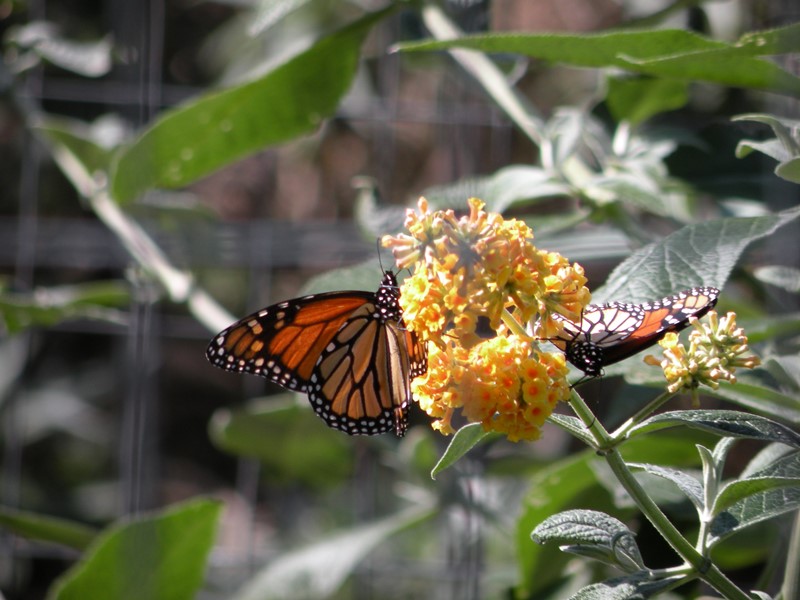
Part Three: Metamorphosis
The theory that natural selection creates tiny, random improvements in function at every stage of an organism’s development, culminating in an entirely different kind of organism, has never been proven in a laboratory or observed in nature. The reason, we saw in the introductory blog in this series, is because natural selection itself has no power to create new structures from scratch; it only acts on existing designs already built into a system. If a structure has no function, it will have no survival value, and natural selection cannot begin to operate.
One of the most compelling and convincing examples of this is the unique biological phenomenon of metamorphosis, which is the change in form and structure from one stage to the next during the life cycle of amphibians and insects.
The question evolutionary models need to explain is how metamorphosis developed step-by-step purely by accident and through random natural processes? Take the butterfly for example. A few days after eggs are laid, tiny caterpillars (the larval stage) emerge and gorge on plant material for ten or twelve days. When the larvae are fully grown, they enter the pupa stage. During this part of their lifecycle, the larvae surround themselves with a hard outer covering called a chrysalis, from which the adult butterfly will eventually emerge.
This is amazing enough, but the details of what goes on internally are mind-boggling. During the pupa stage, a seemingly miraculous physical transformation takes place within the chrysalis. All the organ systems of the larvae dissolve into a “veritable soup of fragmented cells and tissues” that later assemble into an entirely different type of organism. “In other words,” writes molecular biologist and medical doctor Michael Denton (a non-Christian) “one type of fully functioning organism is broken down into what amounts to a nutrient broth from which an utterly different type of organism emerges.” (Evolution: A Theory in Crisis 147, 220)
Only purpose and design at the hands of a creating God can explain how the jelly-like material within the chrysalis emerges as a beautiful, free-flying butterfly. ©